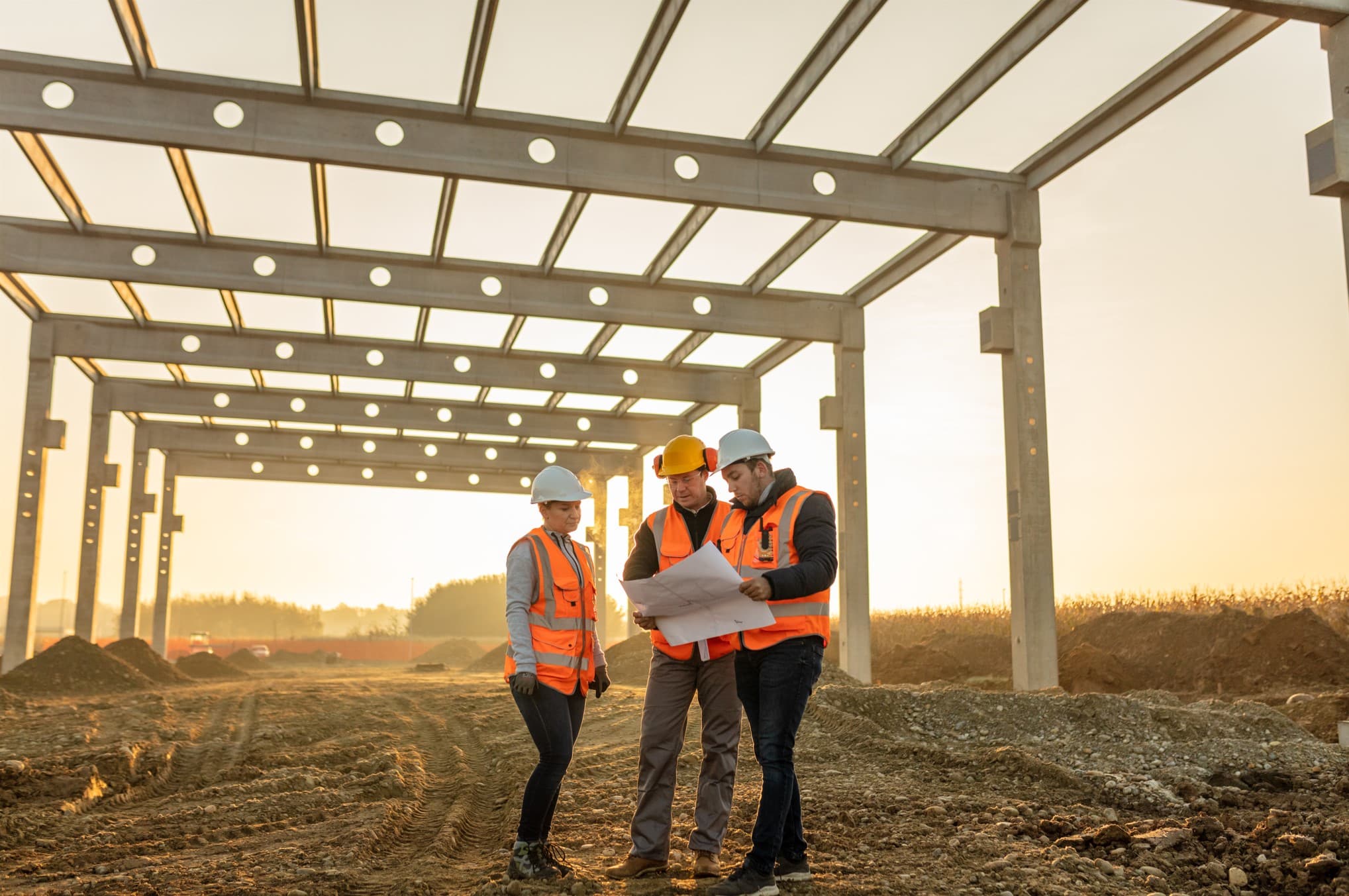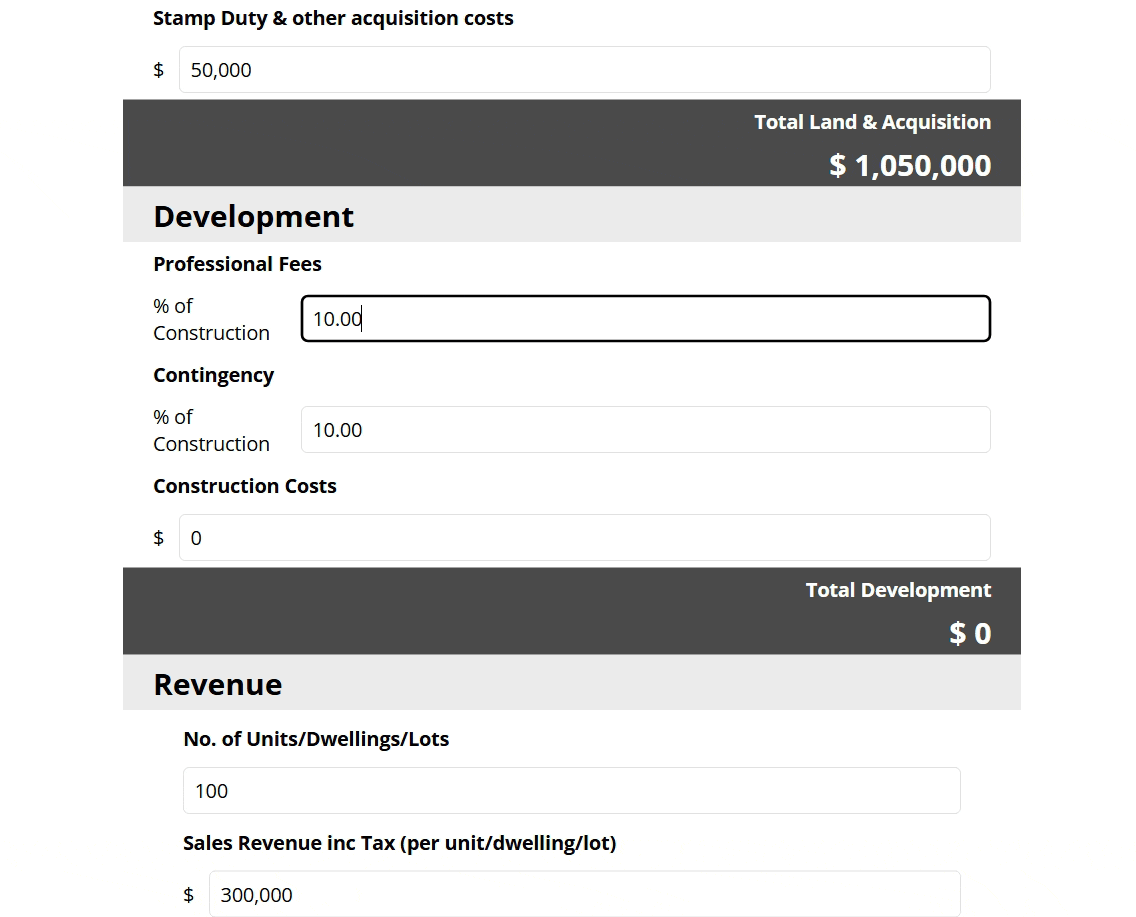Part 2 - Balancing property development risk and return
In part 2 of the property development feasibility series, learn how to balance risk and return on your next development project by testing an array of assumptions on your development feasibility.

Overview
To balance risk and return, you need to look at your development project from every angle. This means using sensitivity and scenario analysis to test an array of assumptions on your development feasibility study.
A simple mantra remains fundamentally true in property development: the greater the risk, the greater the return.
In this article, we will answer:
What are the main property development risks?
Why is sensitivity and scenario analysis important to your development feasibility study?
What tools can support smart decision making?
What are the main property development risks?
Understanding the risks inherent in property development should be an important element for any development feasibility study.
Changing variables such as construction costs and duration, sales values, rents and interest rates can all affect your project’s key performance indicators and determine the likelihood of achieving your targeted rates of return.
While there are many risks to be managed, there are five that stand out from the rest:
Time delays: Delays in development approval, unexpected weather conditions or contract disputes are just three of the many reasons why projects can take longer than planned. Property development projects routinely run overtime, and this can be very costly, particularly on the cost of debt. Managing this risk requires water-tight building contracts and a contingency budget – but most importantly, it requires a realistic schedule in the first place.
Cost overruns: Variations in costs can undermine the profit margin of any development. Mitigating the risk of cost overruns comes down to a clear understanding of your costs from the outset – and for those costs to be all there in black and white in your construction documentation and contracts. Take the time to detail fixtures, fittings and finishes and make sure nothing is missed.
Market movements: Downturns in demand and sales rates can pressure your profit, and so can new developments coming out of the ground nearby. Interest rate hikes, new taxes or changes to investment settings can also give the market jitters – and that can hit your bottom line hard.
Unreliable contractors: We’ve all heard the horror stories of builders going bust mid-project. The way to mitigate this risk is to undertake detailed due diligence before signing on the dotted line. Check out your proposed contractors’ work, get comments from past customers and speak to your colleagues and even competitors. Take the time to make the right decision.
Flawed feasibility: One of the fastest ways to lose money on property development is by working with numbers based on guesswork. Making sure the numbers stack up is an essential part of property development. Ensure financial projects, budgets and feasibilities are robust and rigorous because rubbery figures are a surefire sign of project failure.
Why is sensitivity and scenario analysis important to your development feasibility study?
It is one thing to understand the potential risks. It’s another to apply them to your development project.
That’s why property developers are increasingly using sensitivity and scenario analysis – modelling techniques that help analyse economic scenarios, understand risk exposure and uncover hidden opportunities.
Sensitivity analysis helps you understand how changes to individual inputs might affect the feasibility of your project. For example, what happens if construction costs rise by 10% or fall by 5%? Will your project still be profitable?
Scenario analysis can help you evaluate the highest and best use for your development site by testing different combinations of inputs, affecting project feasibility. Ask yourself:
Is my proposed use physically possible? Forget about zoning and economics for now. Instead, consider whether your proposal is physically possible. Think about topography, lot size and shape, soil and water, weather patterns and neighbouring developments.
Is the use legally permitted? The next test is whether your development will pass planning regulations and restrictions. Is your proposed use permitted in this zone? Will it conform with building codes?
Is there a market for my development? To answer this, you’ll need to scan the market, understand your competition and pound the pavement to talk to potential customers.
Is this the most productive option? Consider all your possible uses and rank them in order of rate of return and risk. Are you prepared to take on the risk for a high return?
Continue reading the next instalment: Property Development Feasibility series part 3 – Land valuations: What's your walk-away price?
Set your development feasibility up for success with ARGUS EstateMaster
To uncover deeper details about your project, you’ll need to depend on sophisticated software, like ARGUS EstateMaster. With a robust solution, you’ll be able to input more data to build a more accurate real estate feasibility study, allowing you to make confident financial decisions.
Once you input your costs and revenues, you can calculate key performance indicators, including residual land value, development margin and profit, net present value and internal rate of return to help you evaluate development opportunities.
Author

Lionel Newcombe
Real Estate Solution Expert
Author

Lionel Newcombe
Real Estate Solution Expert
Resources
More on development feasibility




Jan 8, 2025
Part 4 - The trade-off between development feasibility software and spreadsheets


